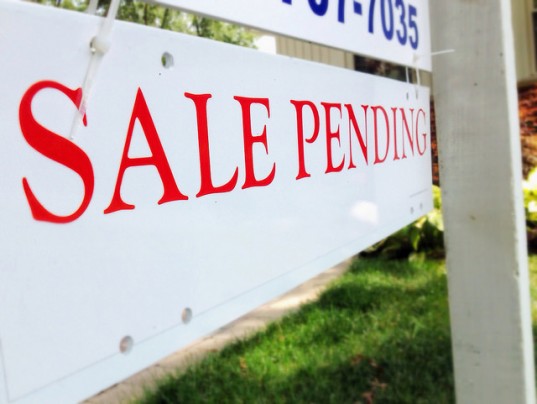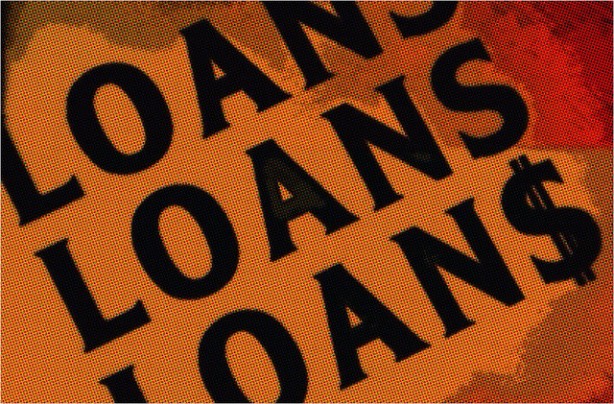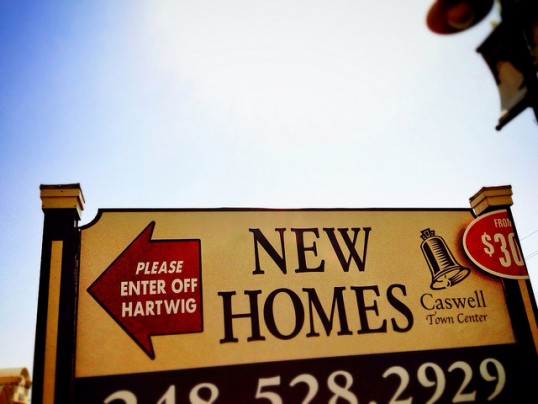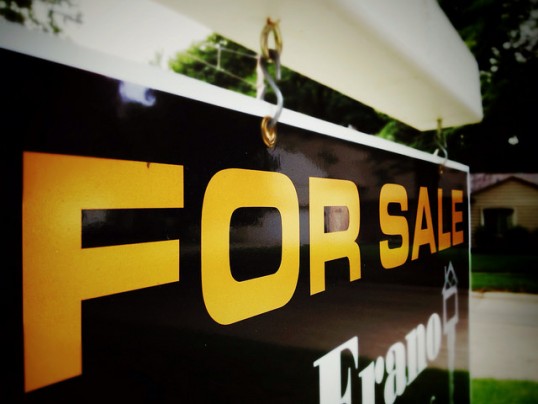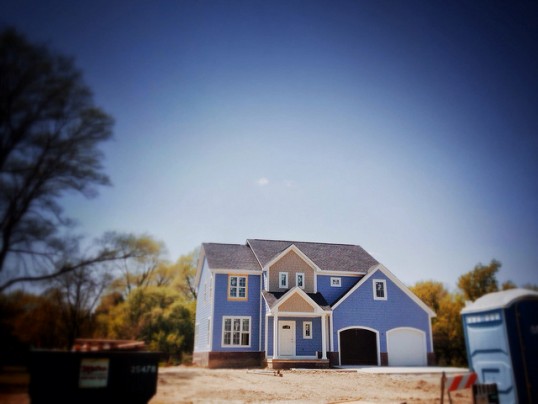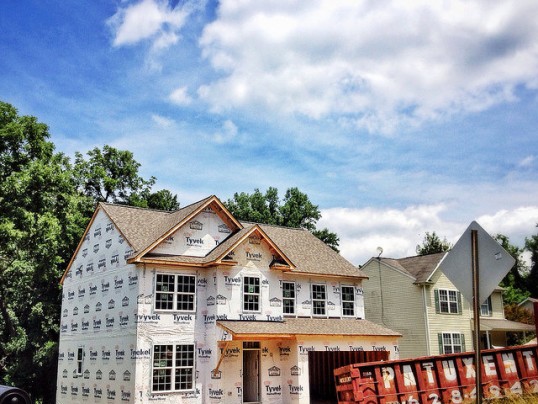The National Association of Realtors’ Pending Home Sales Index is a forward-looking indicator of future home sales based on the number of contracts to buy houses that are signed each month. In July, the index rose 3.3 percent, marking the fourth time in five months contract activity has increased. The index is now at its highest level since August of last year. Lawrence Yun, NAR’s chief economist, said favorable housing conditions are behind the gains. Specifically, Yun noted lower mortgage rates, moderating price growth, and rising inventory as some of the factors driving a recent uptick in sales and general optimism about the housing market’s health. The increase in the number of new and existing homes for sale is creating less competition and is giving prospective buyers more time to review their options before submitting an offer, Yun said. Regionally, the index showed large gains in the South, West, and Northeast. The Midwest, on the other hand, was relatively flat, dropping 0.4 percent from the previous month. More here.
Archive for August 2014
Home Loan Demand Increases, Rates Mixed
According to the Mortgage Bankers Association’s Weekly Applications Survey, demand for mortgage applications increased 2.8 percent last week from the week before. The increase marked the second straight week of improvement and was driven by gains in both refinance and purchase activity. The Refinance Index was up 3 percent from the previous week and – as a share of total mortgage activity – refinance demand reached its highest level since March. The Purchase Index, which is a future indicator of home sales, was also up, increasing 3 percent from the week before. The gains came during a week when mortgage rates were mixed. Rates fell for 30-year fixed-rate loans with conforming loan balances and for mortgages backed by the Federal Housing Administration. On the other hand, mortgage rates rose for 30-year loans with jumbo balances and also for 15-year fixed-rate mortgages. The MBA’s weekly applications survey has been conducted since 1990 and covers 75 percent of all retail residential mortgage applications. More here.
New Home Sales Up 12.3% From One Year Ago
New estimates released by the U.S. Census Bureau and the Department of Housing and Urban Development show sales of newly built single-family homes up 12.3 percent from last year. The improvement is good news for the new home market but comes at the same time month-over-month numbers are falling. In July, for example, new home sales fell 2.4 percent from June, the third consecutive monthly decline. Still, despite a slow summer, recent data – including housing starts and builder confidence – shows an overall upward trend for the new home market. Optimism is building based on an increase in buyer traffic and improved inventory levels. In fact, at the current sales pace, there was a six-month supply of new homes available for sale at the end of July. Generally, a six-month supply is considered to be a healthy market. Also, the median sales price of new homes sold in July was $269,800. That is the lowest median sales price since October 2013. More here.
Existing Home Sales Hit High In July
According to the National Association of Realtors, sales of previously owned homes rose to their highest level of the year in July. Existing-home sales – which include single-family homes, townhomes, condominiums, and co-ops – increased 2.4 percent from the month before. It was the fourth consecutive month of improvement. Lawrence Yun, NAR’s chief economist, said sales momentum is slowly building behind stronger job growth and improving inventory conditions. Yun believes more people are buying homes compared to earlier in the year because the number of homes available for sale is rising and price increases are moderating. Because of this, prospective home buyers feel more comfortable entering the market. Yun expects sales to continue trending upward, especially since rent continues to increase and mortgage rates remain near historic lows. Also in the report, the median existing-home price was $220,900 in July, that’s 4.9 percent above last year. Total housing inventory was up 3.5 percent at the end of the month. Unsold inventory is now 5.8 percent higher than one year ago. More here.
Builders Optimistic About New Home Market
For the third consecutive month, surveyed builders expressed increasing confidence in the market for newly built single-family homes, according to the National Association of Home Builders Housing Market Index. The index is derived from a monthly survey which scores builders confidence on a scale where any number above 50 indicates that more builders view conditions as good than poor. In August, the index rose two points to 55. It is now at the highest level it’s been since January. Kevin Kelly, NAHB’s chairman, said, as the employment picture brightens, builders are seeing a noticeable increase in the number of serious buyers entering the market. In fact, the component measuring traffic of prospective buyers was up three points, while the gauges of both current sales conditions and expectations for future sales rose two points each. Regionally, the Midwest saw a seven-point increase, the West rose four points, the Northeast was up two, and the South gained one point. David Crowe, NAHB’s chief economist, said builder confidence appears to be firming following an uneven spring. According to Crowe, the factors contributing to this improvement are sustained job growth, historically low mortgage rates, and affordable home prices. More here.
Housing Starts Up 22% Since Last Year
New home construction is up 21.7 percent since last July, according to new estimates released by the U.S. Census Bureau and the Department of Housing and Urban Development. The new residential construction report – which tracks building permits, housing starts, and housing completions – found a 15.7 percent month-over-month increase in the number of new homes that began construction in July, pushing home construction to its highest level since last November. There was also an 8.1 percent jump in the number of permits to build homes compared to the month before. The positive progress is a bright spot in what has been an up-and-down summer for the housing market. Still, a closer look at the report reveals that – though single-family housing starts rose 8.3 percent in July – permits to build single-family homes rose just 0.9 percent from June, indicating that the improvement in building permits was mainly due to a spike in multi-family authorizations. More here.
Mortgage Demand Rises As Rates Fall Again
Demand for mortgage applications rose last week as mortgage rates continued to trend downward. In fact, according to the Mortgage Bankers Association’s Weekly Applications Survey, mortgage rates fell across all loan categories, including 30-year fixed-rate loans with both conforming and jumbo balances, mortgages backed by the Federal Housing Administration, and 15-year fixed-rate loans. The drop in rates led to a spike in refinance activity, which drove the Market Composite Index – which measures both refinance and purchase demand – up 1.4 percent from the previous week. Mike Fratantoni, MBA’s chief economist, said interest rates dropped further as a result of international concerns, which in turn pushed mortgage rates lower. According to Fratantoni, overall application volume for conventional mortgages increased but demand for government mortgages, including Department of Veterans Affairs, FHA, and Rural Housing Service applications declined sharply. The MBA’s weekly survey has been conducted since 1990 and covers 75 percent of all retail residential mortgages. More here.
